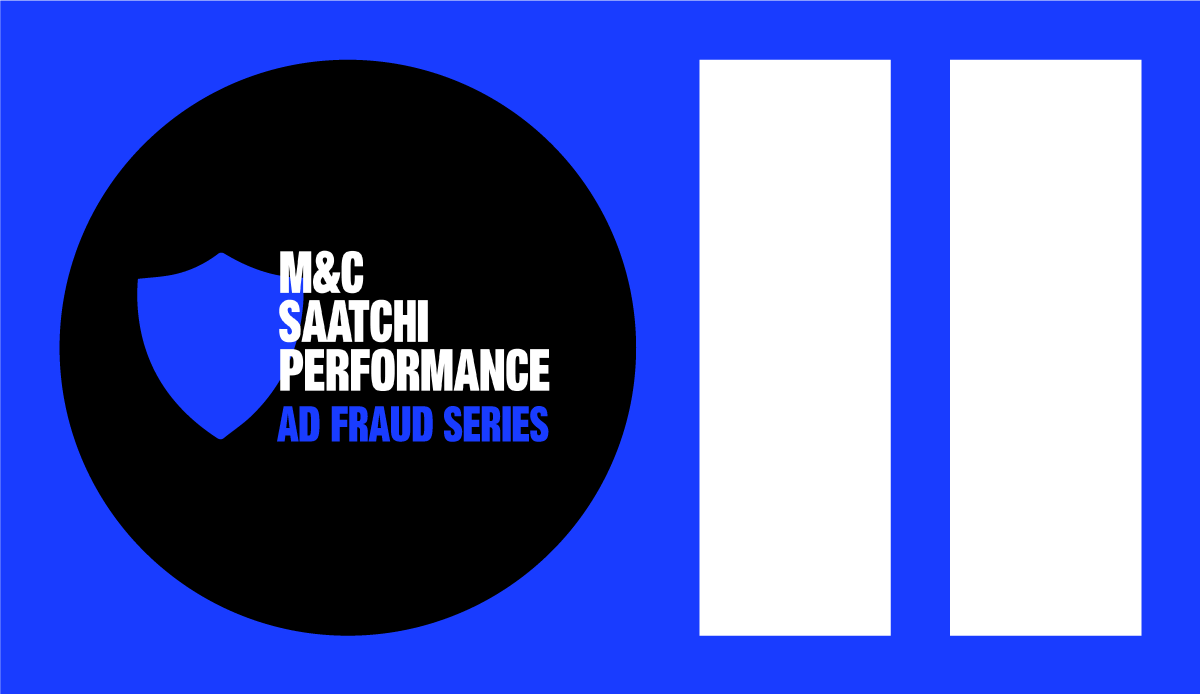
Since the beginning of advertising, ad fraud has been affecting marketers all over the world. The huge budgets invested every year in advertising make it the perfect environment for fraudsters to reap illegal profits. This not only hinders marketers from understanding their campaigns’ true performance, but also results in significant financial losses.
In our four-part Ad Fraud series, we will delve into ad fraud within the online advertising industry and explore possible solutions.
Let’s kick-off Episode 1: What Ad Fraud Looks Like Today.
First, let’s briefly examine the concept of ad fraud.
WHAT IS AD FRAUD
Advertising fraud is an illegal practice which intends to manipulate mobile eCommerce transactions by either defrauding the server communication or creating fake transactional information for financial gain. It typically occurs through operating systems (Android, iOS, Windows, MacOS, etc.) that fraudsters exploit to claim credit for e-transactions.
In the last two decades, digital media grew massively, and we forecast digital ad spends to reach the $600 billion mark over the next 5 years.
Large ad spends make digital advertising the perfect target for fraudsters. Last year alone, ad fraud costs were around $81 billion and with a 25% increase expected in ad fraud losses worldwide, the situation is set to worsen.
WHY IT HAPPENS
The advertising industry is in the middle a digital revolution. This is mainly because of the advances made in technology adoption. Machine learning and artificial intelligence continue to get better, influencing our daily business decisions like never before. However, at the intersection of cutting-edge technology and astute business acumen, malicious actors exploit systemic loopholes for unethical financial gains, resulting in an upsurge in ad fraud in recent years.
WHAT AD FRAUD LOOKS LIKE TODAY
Ad fraud has evolved significantly over the past five years. Nowadays, various forms of ad fraud mislead marketers, preventing them from realizing their campaigns’ full potential and sometimes even leading to negative ROI and substantial budget losses. Some prevalent types of ad fraud today include:
- Click Hijacking: A dormant lie that gets active to hijack or take credit of other publisher’s event triggers.
- Spamming: Instead of activating a dormant lie using logical algorithms, fraudsters sendlarge amount of ‘click to hijacks’ to other publisher’s events.
- Geo Fraud: Events that are triggered from regions outside the ad’s geo-target fence, typically exceeding a negligible percentage.
- Out of Store Event: App downloads recorded from an app version that is unavailable either on Google PlayStore or third-party OEM AppStores.
- Ad Stacking: Impressions or clicks or both sent to endpoints even though users have never interacted with the advertisement.
Please Note* – Events in the above analogies refer to app downloads, in-store purchases, or any other trackable action taken by a user.
KEY TAKEAWAYS
Both publishers and advertisers suffer at the hands of fraudsters. This is primarily because ad inventories are vulnerable to their attacks, straining the relationship between advertisers and publishers. Ad fraud significantly impacts the return on advertising spend, damaging the reputation of publishers.
Unsurprisingly, ad fraud continues to grow and evolve making it increasingly difficult to combat. Fraudsters have been nimble in changing their methods and just as publishers and advertisers are close to finding a solution, a new kind of ad fraud emerges across digital channels, bypassing fraud prevention and detection tools.
This brings us to the pressing question, are we using the right control mechanisms to eliminate fraudulent traffic sources? What are the types of ad frauds identified recently? How to tackle them? Can we completely eliminate ad fraud? We will explore these questions in greater detail in our next episode, ‘How to Spot Ad Frauds’. Stay Tuned!
WORKING WITH M&C SAATCHI PERFORMANCE
At M+C Saatchi Performance, we’ve a thorough understanding of the performance marketing ecosystem. We have established a robust fraud prevention methodology to minimise the impact of ad frauds on our clients’ advertising spends.
Reach out to us to know more about our performance marketing services.
COMING UP IN OUR AD FRAUD SERIES
EPISODE #2: HOW TO SPOT AD FRAUD
- Dive deeper into common ad fraud types and learn about new, lesser-known ad frauds that often go unnoticed.
- Discover how these new ad frauds occur and their impact on ad spending.
EPISODE #3: HOW TO TACKLE FRAUD
- Explore various fraud detection mechanisms, from simple methods to advanced tech tools, and learn about the role played by agencies like M+C Saatchi Performance in detecting and preventing ad fraud.
EPISODE #4: HOW TO MAINTAIN A LOW FRAUD LEVEL LONG TERM
- Review methods of fraud prevention and discuss the use of benchmarks, optimisation techniques, and checkpoints to keep ad fraud levels low over the long term.


